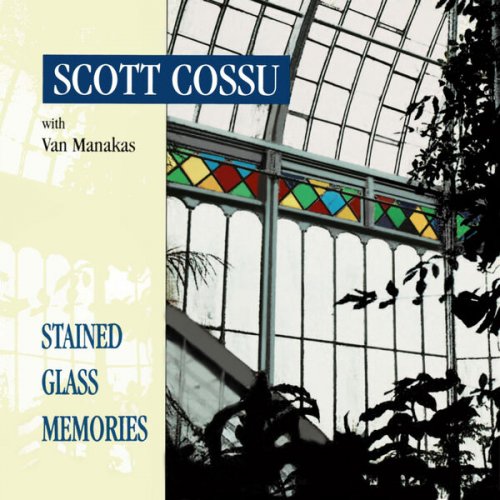Victoria Terekiev - Aram Khachaturian: An Armenian in Moscow (Vocalize, Sonata and other Piano Works II) (2024) [Hi-Res]
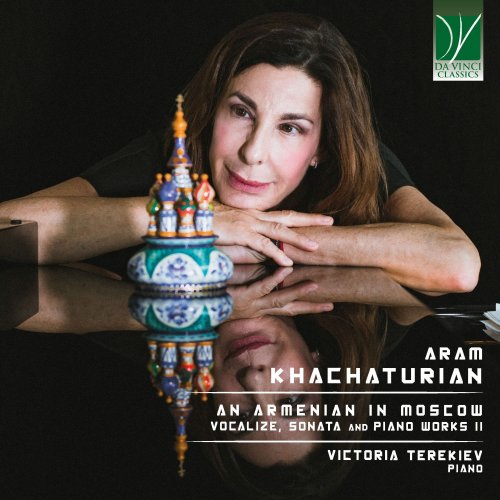
Artist: Victoria Terekiev
Title: Aram Khachaturian: An Armenian in Moscow (Vocalize, Sonata and other Piano Works II)
Year Of Release: 2024
Label: Da Vinci Classics
Genre: Classical Piano
Quality: flac lossless (tracks) / flac 24bits - 96.0kHz
Total Time: 01:14:32
Total Size: 317 mb / 1.26 gb
WebSite: Album Preview
TracklistTitle: Aram Khachaturian: An Armenian in Moscow (Vocalize, Sonata and other Piano Works II)
Year Of Release: 2024
Label: Da Vinci Classics
Genre: Classical Piano
Quality: flac lossless (tracks) / flac 24bits - 96.0kHz
Total Time: 01:14:32
Total Size: 317 mb / 1.26 gb
WebSite: Album Preview
01. Vocalize from the film "Otello" (Version by the Composer)
02. Sonata: I. Allegro vivace
03. Sonata: II. Andante tranquillo
04. Sonata: III. Allegro assai
05. Children's Album Book 2: No. 1, On the trampoline
06. Children's Album Book 2: No. 2, Bedtime story
07. Children's Album Book 2: No. 3, Eastern dance
08. Children's Album Book 2: No. 4, The leopard on the seesaw
09. Children's Album Book 2: No. 5, Snare drums
10. Children's Album Book 2: No. 6, Two gossiping old women
11. Children's Album Book 2: No. 7, Funeral march
12. Children's Album Book 2: No. 8, Rhythmic gymnastics
13. Children's Album Book 2: No. 9, Toccata
14. Children's Album Book 2: No. 10, Fugue
15. Recitatives and Fugues No. 1: Recitativo: Allegro, ma non troppo
16. Recitatives and Fugues No. 1: Fuga: Moderato
17. Recitatives and Fugues No. 2: Recitativo: Moderato
18. Recitatives and Fugues No. 2: Fuga: Allegro giocoso
19. Recitatives and Fugues No. 3: Recitativo: Allegro giocoso
20. Recitatives and Fugues No. 3: Fuga: Adagio
21. Recitatives and Fugues No. 4: Recitativo: Allegro vivace
22. Recitatives and Fugues No. 4: Fuga: Allegro non troppo
23. Recitatives and Fugues No. 5: Recitativo: Allegro non troppo
24. Recitatives and Fugues No. 5: Fuga: Allegro moderato
25. Recitatives and Fugues No. 6: Recitativo: Allegro poco sostenuto
26. Recitatives and Fugues No. 6: Fuga: Andante sostenuto
27. Recitatives and Fugues No. 7: Recitativo: Allegro non troppo
28. Recitatives and Fugues No. 7: Fuga: Allegro marcato
When art and totalitarian regimes intertwine, the result is often questionable, frequently abominable. Certainly, art needs limits, boundaries, limitations; one cannot create in a utopian “total freedom”, without rules, without any fence. But these, to be fruitful, have mainly to be self-imposed. Outside limits, such as technical problems, or political diktats, are only very rarely a positive condition for the flowering of artistry. Exhibit A: the frightful, colossal, and rather inhuman buildings which were built everywhere east of Berlin after World War II, and which disfigure the face of many Eastern European cities to present day.
It is well known that Adolf Hitler ferociously opposed what he called entartete Kunst, or “degenerate art”; and this not only because it was created mainly by Jewish artists, but particularly because it gave voice to an interior malaise which bespoke the age’s traumas, but which conflicted with the superman approach of Nazifascism. (It should be remembered that some of Hitler’s bitterness against fellow humans came from his failure at pursuing an artistic career himself). But – in art as in many other fields – there is much more closeness between Nazism and its political opponent, Communism, than between either of them and a free society. Stalinism was no less fierce against Jews than Nazism, nor were artists less controlled in the Soviet Union (at least in certain moments) than in Nazi Germany.
The organ through which Soviet Communism enacted that control on classical music was the “Union of the Composers”, something akin to a trade union but with a rather coercive approach. Composers had to belong in it, otherwise their works could simply not be printed or performed. But musicians had also to undergo the Union’s judgment on each and all of their works: without the Union’s explicit approval, there was no chance of publication or performance.
Compliant composers were given a vast array of benefits, many of which would be the dream of many a Western musician today – including free residencies in quiet, luxury dachas for the duration of their compositional work on a new major oeuvre. Disgraced composers (and disgrace could befall on a musician for musical, political, or personal reasons) were, simply, “out”.
On what grounds did the Union rule? Certainly, works with, for instance, religious lyrics had no chance of being approved (and this is why Schnittke’s Requiem came out as incidental music, and Gubaidulina’s hidden religious programmes remained secret). But aesthetical matters were also important. And here, the regime’s guidelines seemed rather clear, but in fact were quite contradictory. On the one hand, Communism prized internationalism (to the point that their anthem was called The International); on the other, particularly in the monstrously extended Soviet Union, drawing from the repository of local musical tradition and folk tunes was also seen positively. Furthermore, artworks (both visual and aural) had to express the positivist worldview of Soviet communism: they had to be appealing to the “masses”, to be non-elitist, pleasing, and optimistic. The point was that, for many great artists of the era, this meant to lie in music, since there was precious little on which to rejoice in the Soviet Union: Ukraine was starved to death (the Holodomor), and the loss of personal freedom (and at times of one’s life) was nothing to joke about. Moreover, if elitism per se is certainly not an artistic value, it is also true that only banality and triviality will please to all; art is akin to mountaineering, and it requires effort, constancy, and endurance in order to be digested and appreciated.
The ironic aspect was that, at a certain moment – the darkest of Soviet music – even those composers who were (at least seemingly) politically aligned with the regime, and aesthetically (almost) uncontroversial, underwent fierce persecution. If the musical language of, say, Denisov or Volkonsky was proudly alien to Communist aesthetics, that of Aram Khachaturian seemed to be its best, and most genuinely artistic, expression. Yet, Khachaturian himself – who had chaired the Composers’ Union for a long time – was the object of harsh execration, along with other major composers of the USSR (including the two greatest, i.e. Prokofiev and Stravinsky). Fortunately for him, this persecution implied merely the need for a public, self-deprecatory apology (“self-criticism”) and a time of confinement in Khachaturian’s native land, Armenia; others were not as lucky.
If one’s sympathy may therefore go primarily to composers who staunchly refused all compromises with the regime, as said earlier Khachaturian may safely be conceived as the highpoint of Soviet artistry. In his music, Socialist values are deeply embedded, but also artistically conceived and interpreted. The collection recorded in this Da Vinci Classics album bespeaks of both Khachaturian’s Armenian roots and of his capability to assimilate the idiom of Western classical music.
This is particularly clear in the seven Recitatives and Fugue. This pairing is highly unusual – it is probably a hapax, a unique creation of Khachaturian himself – and it replaces the more frequent Prelude/Fugue couple; in the USSR, the most iconic example of Preludes and Fugues is Shostakovich’s cycle of 24 pieces, but – it should be pointed out – Khachaturian’s largely predate Shostakovich’s. The Fugues were written by Khachaturian in his student days (1928-9), as part of his compositional training (it should be remembered that Khachaturian was no child prodigy, and that he began his formal musical training as a young adult, while also pursuing University studies in biology). He later (1966-70; publication in 1974) reconsidered these youthful pieces and reworked them, acknowledging both their initial naiveties and their genuine inspiration, and he added “recitatives” (both “secco” and “accompanied”) which draw abundantly from the moods, tones, styles, and gestures of Armenian traditional singing. Some of are also found within different contexts: the second Fugue is presented also as the closing piece of the first volume of Sounds of Childhood (written in 1947), and the fifth Fugue concludes the second volume of the same collection (1964-5). Conversely, a piece from Sounds of Childhood is also found in Gayane, one of Khachaturian’s most famous ballets. Sounds of Childhood is a delightful compilation which can easily compete with the great masterpieces of children’s piano literature. It features a wide palette of situations, stories, narratives, emotions, feelings, and creative ideas, along with technical and musical challenges which provoke the pupils’ imagination, motivate their exercise and improvement, and encourage their thorough development. References to some major masterpieces of piano literature are not missing, thus paving the way for the student’s further advancement; for instance, the Funeral March unavoidably suggests an allusion to Chopin’s, while the Two Chattering Aunties are ironically reminiscent of Mussorgsky.
This narrative component of Khachaturian’s music is what makes it particularly well suited to cinema. Like other great Soviet composers, Khachaturian did not consider film music as second-rate; indeed, since it did not undergo the Composers’ Union’s censorship, many dissident composers found in film music the indispensable outlet for their creativity and the necessary source for their income. Similar to Shostakovich (who wrote the scores for two Shakespearian masterpieces by Grigory Kozintsev), Khachaturian was fascinated by the Bard’s tragedies. Vocalise, performed here, is one of the leitmotifs of Khachaturian’s Othello. Its first stanza is performed at the first appearance of Othello’s jealousy for Desdemona, fueled by Iago’s oblique remarks, and returns later, as Desdemona is observed by the Moor of Venice. This piece was found in a suite from Othello’s film music realised by Emin Khachaturian and published in 1956.
A series of progressive workings and reworkings also characterizes the genesis and realization of Khachaturian’s Piano Sonata, first written in 1961, and then re-elaborated fifteen years later. The composer explicitly acknowledged the last version as the only definitive one, as it was printed in the same year by Sikorski in Hamburg. It is a complex and demanding piece, which would deserve better recognition and a greater dissemination in the concert halls.
Together, these works bear witness to Khachaturian’s creative genius, and they also demonstrate that, if it is certainly true that one’s political views and ideology will never guarantee artistic worth by themselves, they also do not prevent authentic talent from ultimately showing itself. And this is particularly true when an artist’s innate talent and spontaneous sensibility happen to coincide with the values promoted by the regime; Khachaturian professed himself a convinced Communist (in spite of his temporary misfortunes), and Communist aesthetics was intuitively felt by him as his own. Therefore, his music has a spontaneity and an engaging quality which still conquer the ears and hearts of many musicians and listeners, and it possesses a consistency and coherence which other twentieth-century composers sought in vain.
![Grises - Eveil (2025) [Hi-Res] Grises - Eveil (2025) [Hi-Res]](https://www.dibpic.com/uploads/posts/2025-12/1766127968_cover.jpg)
![Ready Player 3 - Ready Player 3 (2025) [Hi-Res] Ready Player 3 - Ready Player 3 (2025) [Hi-Res]](https://www.dibpic.com/uploads/posts/2025-12/1766128773_cover.jpg)
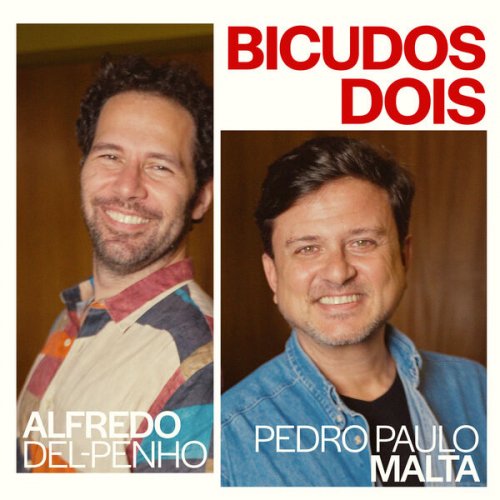
![Demo Rumudo - Second Nature (2025) [Hi-Res] Demo Rumudo - Second Nature (2025) [Hi-Res]](https://www.dibpic.com/uploads/posts/2025-12/1765883076_cover.jpg)

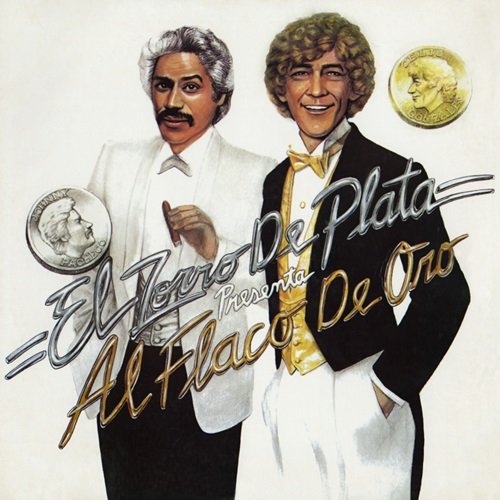
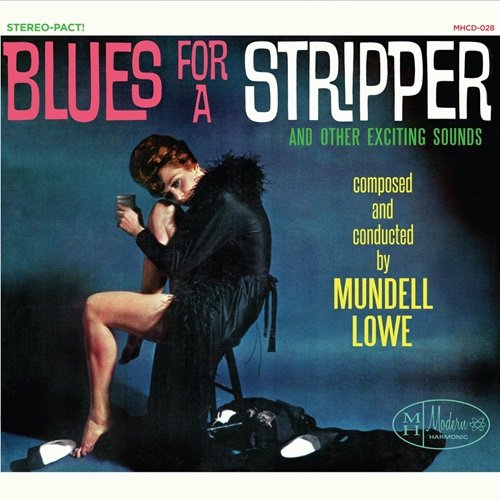
![RAS - Rød i Blå (2025) [Hi-Res] RAS - Rød i Blå (2025) [Hi-Res]](https://www.dibpic.com/uploads/posts/2025-12/1765847447_s09xuo23tcu1a_600.jpg)
